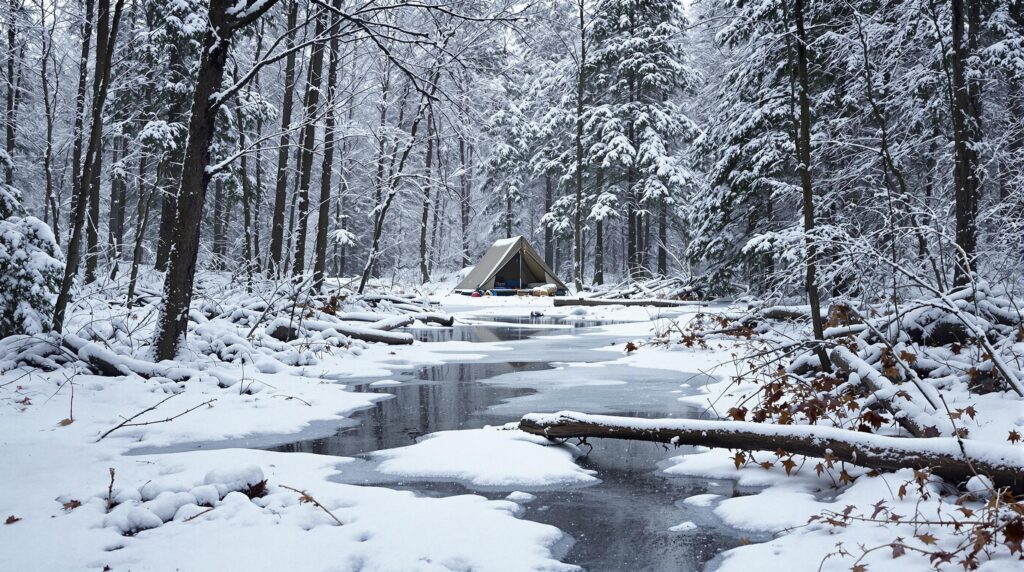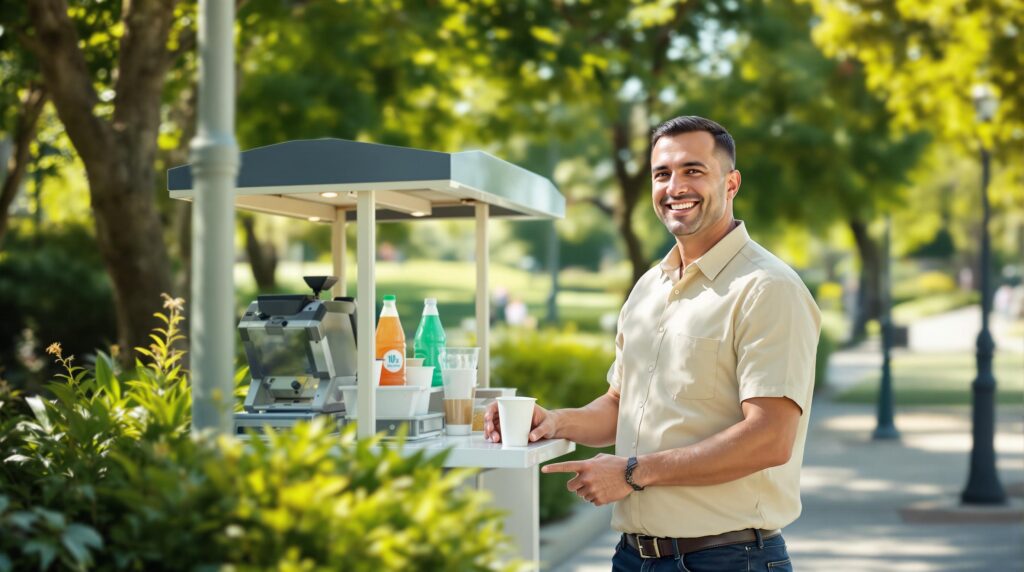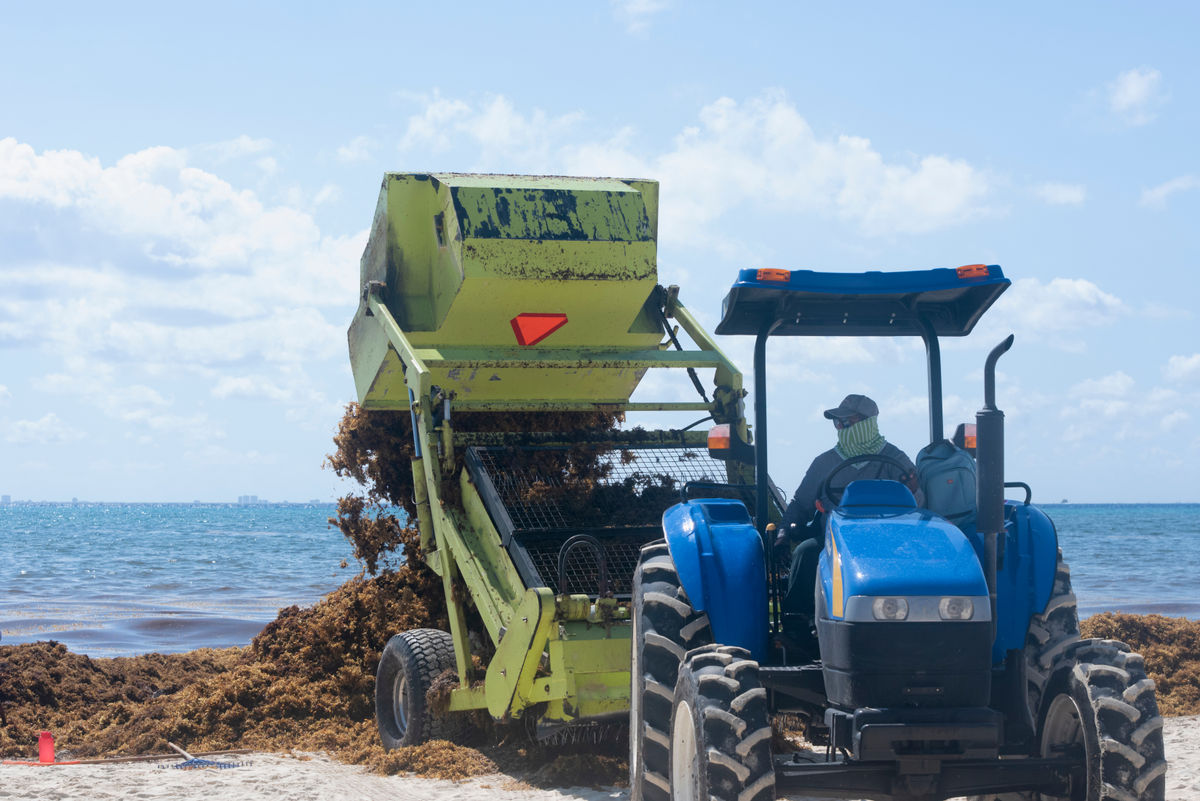Hikers eager to see renewed access to one of the Grand Canyon’s most traveled routes will find the Bright Angel Trail partially open from the South Rim trailhead to Pipe Creek Beach on May 15, 2025. Officials note that this milestone is part of ongoing infrastructure upgrades described here. The stretch had been closed for several months amid Transcanyon Waterline construction aimed at stabilizing the park’s crucial water supply.
A broader, multi-year effort continues throughout the canyon, with heavy construction in zones linked to Phantom Ranch facilities, the River Trail, Silver Bridge, and Plateau Point. This large-scale plan remains subject to delays, though officials have framed the partial Bright Angel reopening as positive progress announced earlier. The park has emphasized safety as the driving factor for keeping certain areas off-limits.
Phantom Ranch remains inaccessible via the Bright Angel Trail until at least the end of September. However, visitors determined to reach Phantom Ranch can still do so by using the South Kaibab Trail, which offers a direct path across the canyon. A separate statement from park representatives indicates that group sites at Bright Angel Campground also stay closed for maintenance related to the waterline work published details.
Officials have reiterated that day hikers and backpackers should expect phases of closure or restricted detours during the final portions of the schedule. Park engineers are focused on boosting the durability of the water system and electrical connections at the canyon floor. At the same time, sections of the River Trail, Silver Bridge, and Plateau Point remain under active repair to ensure their structural integrity.
Park guidance encourages hikers to carry extra water and limit activity during the hottest part of the day, noting that temperatures in the inner canyon often exceed triple digits. Deleted pipeline segments and continuing excavation mean that potable water may be briefly unavailable in certain locales. Park bulletins indicate Mile-and-a-Half and Three-Mile Resthouses are subject to seasonal water shutdowns, while Havasupai Gardens is open year-round.
This multi-year endeavor has been deemed urgent because the Transcanyon Waterline has reportedly experienced more than 85 serious breaks since 2010. These repeated failures have underscored the need for a thorough overhaul to sustain a reliable supply of drinking water for visitors and staff. Though exact dates remain flexible, the multimillion-dollar project is anticipated to run into 2026, with crews stabilizing pipe sections in especially rugged terrain.
North Rim hikers are advised to note that this rim closes to most vehicle access during winter months. Those planning rim-to-rim routes should confirm the North Rim’s seasonal opening schedule and use the South Kaibab Trail as an alternative if Bright Angel remains blocked by construction. Park officials say dynamic updates will be posted to reflect changes in trail conditions or detour routes.
A spokesperson for the Grand Canyon Public Affairs Office said, “This is one of the most ambitious infrastructure upgrades in park history,” adding, “We’re working hard to ensure both safety and long-term improvements to trail access, water supply, and electrical infrastructure.” The statement highlights that maintaining visitor well-being is the top priority while efforts continue to modernize essential networks.
Park crews have consistently monitored extreme heat, flash flood threats, and the difficulty of hauling materials into remote parts of the inner canyon. Reinforcement of the Silver Bridge, in particular, has come under close observation to ensure future stability for travelers crossing the Colorado River. Some trail segments could temporarily reopen or re-close based on evolving safety evaluations.
Outdoor operations affected by ongoing construction mimic challenges that other hospitality providers face when utility work limits access. The approach of phased reopenings and clear visitor communications illustrates how organizations can balance large-scale improvements with efforts to reduce disruption. Schedules shift as conditions demand, and early notice helps guests plan effectively.
Site managers involved with the improvements have advised travelers to follow official channels for alerts on short-notice closures. Reduced water availability or power interruptions can sometimes emerge with little warning. Carrying ample water, dressing for heat, and staying alert to route changes are central recommendations for anyone navigating the canyon’s steep terrain.
While uncertain timelines can complicate trip planning, park authorities emphasize that these critical upgrades will deliver enduring benefits for future visitors. As a result, sections of the Grand Canyon are expected to operate with greater reliability once the waterline overhaul and related tasks near completion. Anyone considering a summertime excursion is encouraged to follow official resources for emerging details on new trail openings and any upcoming closures.
.png)
.png) 2 days ago
3
2 days ago
3








 English (US) ·
English (US) ·  Spanish (ES) ·
Spanish (ES) ·